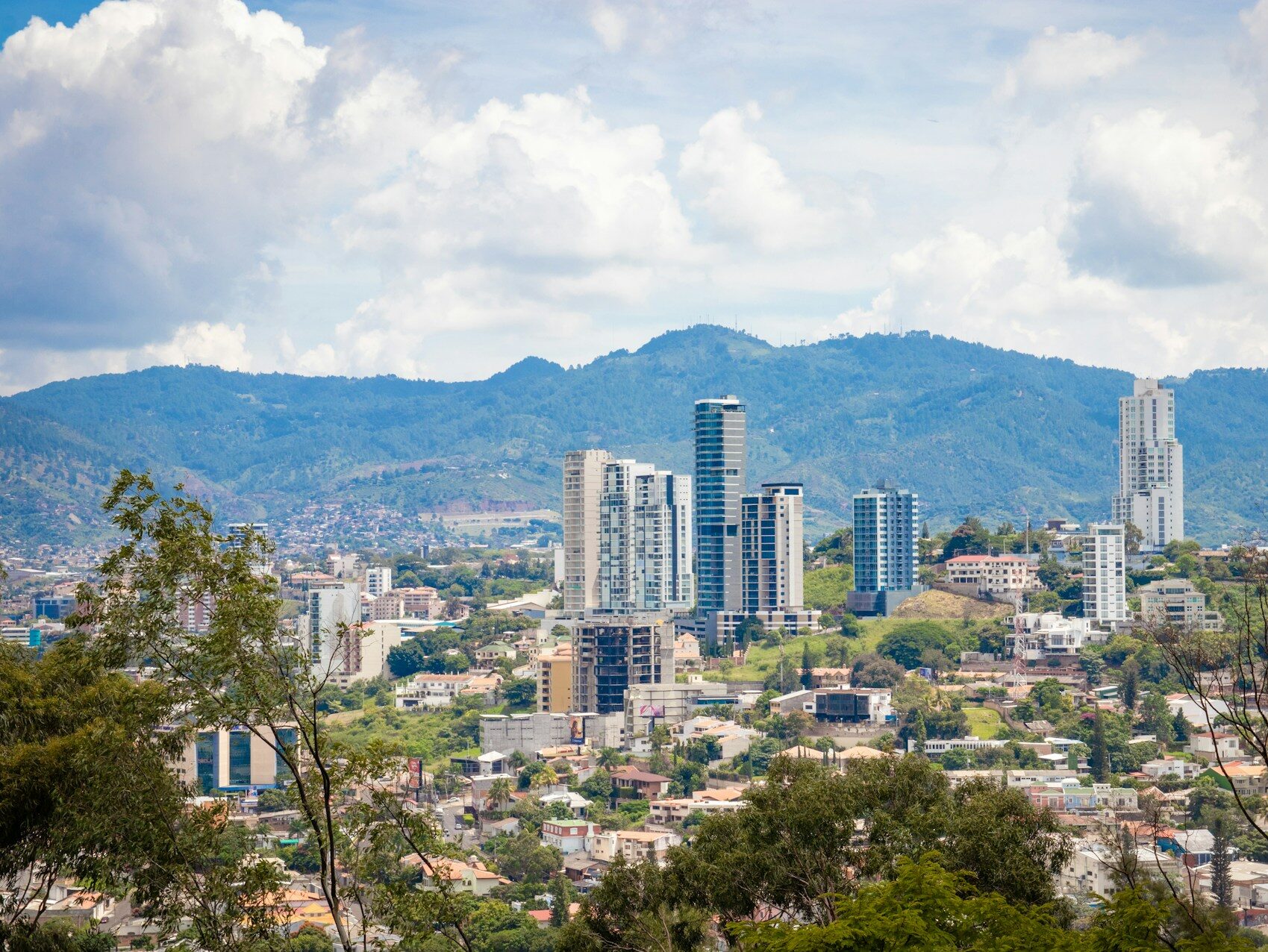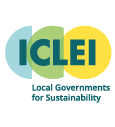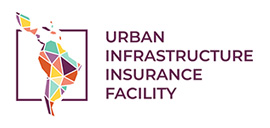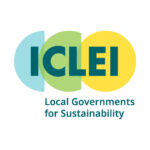
Tegucigalpa, the capital and most populous city of Honduras, serves as the political and administrative center of the country. However, it faces significant challenges due to its susceptibility to severe weather conditions such as heavy rains, floods, and droughts. These annual hazards result in substantial economic and social damage, with the most vulnerable groups, particularly those residing in landslide-prone informal settlements, bearing the brunt of the impact.
In the aftermath of Hurricane Mitch’s devastation in 1998, successive municipal administrations have endeavored to forge partnerships with NGOs and grassroots organizations. These collaborations aim to address the city’s social and environmental vulnerabilities, striving to mitigate the recurring hazards and enhance the resilience of its communities.



